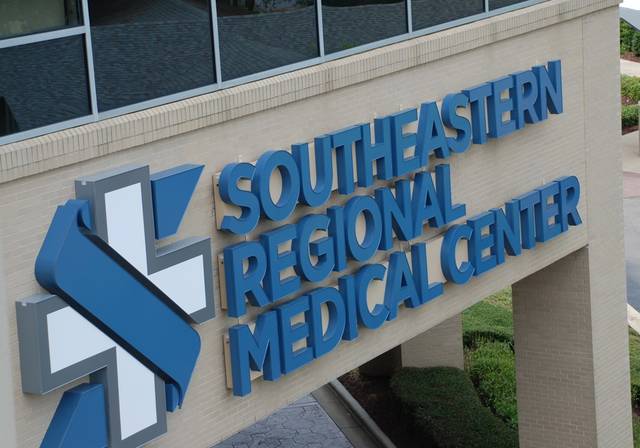November is Pancreatic Cancer Awareness Month, and pancreatic cancer is very much in need of awareness!
It is associated with the purple ribbon and is the third most common cause of cancer-related deaths in the United States. The incidence has increased steadily over the past two decades, making pancreatic one of the cancers with the fastest rate of growth in the population. In North Carolina, more than 1,800 people, slightly more men than women, are expected to develop pancreatic cancer in 2020.
The pancreas is an organ in the upper abdomen that sits just behind the stomach. For most people the pancreas quietly goes about its business of making insulin and specialized proteins called enzymes that break down the food we eat into nutrients that can be absorbed from the gut into the rest of the body. These facts explain much of the behavior common to pancreatic cancer.
Who gets pancreatic cancer? Are there things that increase our risk, and can we do anything about those factors?
Pancreatic cancer occurs slightly more commonly in men and African Americans, but almost all patients are over the age of 45, and the average age is 70. There are cases of an inherited genetic change, known as a mutation, that increases the risk of pancreatic and other cancers in some families.
While there is not much we can do about our age, gender or family, other risk factors may be changeable. Smoking leads the list of risk factors. In fact, the risk of pancreatic cancer is twice as high in smokers compared to nonsmokers. About 25% of pancreatic cancers are thought to be due to smoking. Other risk factors include being overweight, especially if that extra weight is carried around the abdomen; repeated inflammation of the pancreas, known as pancreatitis; and extended exposure to certain chemicals such as work-related exposure to dry cleaning fluid or chemicals used in metal working. We do have the ability to change many of these factors to decrease our risk as much as possible.
Sadly, pancreatic cancer is too often discovered in an advanced stage, when the disease is difficult to successfully treat. When patients with pancreatic cancer do develop symptoms, they are commonly the result of the cancer causing blockage of the tunnels or ducts through which the digestive enzymes pass to the intestines. These symptoms include loss of appetite, weight loss, and nausea. Less commonly, patients might have abdominal and/or back pain from growth of the cancer into surrounding structures. Symptoms are often blamed on something else or dismissed as minor, at least initially. Diabetes that develops suddenly later in life, might also signal a change in the function of the pancreas because of pancreatic cancer. Symptoms that persist or occur repeatedly should be discussed with a health-care provider.
As with many cancers, avoiding smoking, maintaining a healthy weight, and using protective equipment when exposed to toxic chemicals can go a long way in minimizing the risk for this deadly cancer.
Dr. Linda M. Sutton is the Duke Cancer Network medical director.










